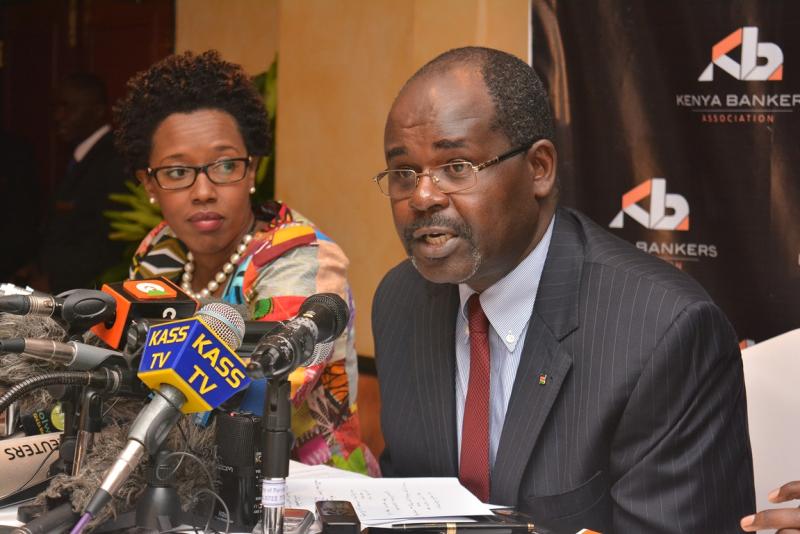
The International Monetary Fund has once again backed the National Treasury and Central Bank’s plan to force the scrapping of the law capping lending rates.
If successful, this will likely return the country into the era of expensive loans, when some lenders charged borrowers rates as high as 30 per cent annually.
The IMF says the introduction of the interest rate controls in September 2016, whose intent was to cut the cost of borrowing and expand access to credit, has had the opposite effect.
“It has led to a collapse of credit to micro, small, and medium enterprises; shrinking of the loan book of the small banks; and reduced financial intermediation,” said IMF’s working paper: Do Interest Rate Controls Work? Evidence from Kenya prepared by Emre Alper, Benedict Clements, Niko Hobdari and Rafel Moyà Porcel.
Adverse effects
READ MORE
Mbadi's solution for those with stolen funds in foreign accounts
Mbadi sends mixed signals on the economy amid rising debt concerns
Smaller lenders lead in cheap loans as costs fall marginally
Treasury to borrow more locally in a bid to tame rising loan costs
The Banking Amendment Act, 2016 caps the lending rates at four percentage points above the Central Bank Rate (CBR) and a floor on interest rates for time deposits, equal to 70 per cent of the CBR.
Currently, commercial banks are required by law to charge a maximum of 13 per cent after the Central Bank’s Monetary Policy Committee retained the CBR at nine per cent in May.
The IMF, which has for long opposed the rate caps, says for Kenya to avoid the adverse effects of capping the rates, it should increase the ceiling high enough to facilitate lending to higher risk borrowers.
“Setting the lending ceiling in this manner would stop the most egregious forms of predatory lending, by providing a ceiling, but still provide sufficient margin to compensate for risks,” the IMF report noted.
“One option could be to set the ceiling at the average of past monthly rates plus a margin. This margin would, however, need to be substantial (in the double digits) to avoid rationing out high-risk borrowers.”
Repealing of the Banking Act was one of the conditions that the IMF had set for the Treasury before advancing a facility that is designed to cushion the economy against external shocks. However, Members of Parliament vowed to fight any attempts to remove the caps law.
Treasury Cabinet Secretary Henry Rotich announced last week that the Central Bank of Kenya will reintroduce last year’s proposal to have the rate cap scrapped.
While unveiling the 2019/2020 Budget, Rotich said the CBK is working on a consumer protection law that would be sufficient to address credit market concerns.
“You will recall in the Finance Bill, 2018, I proposed to amend the Banking (Amendment) Act, 2016 by repealing section 33B of the Act,” said Rotich on Thursday.
“I am in this year’s Finance Bill proposing a repeal of section 33B of the Banking (Amendment) Act, 2016. I am convinced this will unlock credit to the private sector and in particular to the MSMEs.”
Soon after the rate cap was introduced, IMF in its analysis noted that the stock of credit to SMEs dropped by around 10 per cent in just one year. However, lending to households and corporates rose “at a rate similar to the one prevailing before the introduction of the caps.”
Restricted credit
Also, outstanding credit of small banks declined by five per cent in the 12 months to September 2017.
“One explanation for why small banks have been disproportionately hit since the caps is their different business model: they rely more strongly on higher-risk, higher-return borrowers, such as SMEs,” said IMF in the report.
“With most of the lending to this segment at rates above the ceiling on the lending rate, small banks seem to have restricted credit to these borrowers.”
In one year after the rate cap, credit to the private sector grew slowly but lending to government increased by more than a quarter, helping finance a large fiscal deficit. Worst hit were sectors such as agriculture, trade and financial services.
The IMF report shows credit to the trade sector—which is the second largest sector in terms of borrowing and accounts for about a fifth of total credit to the private sector — dropped by about three per cent.

